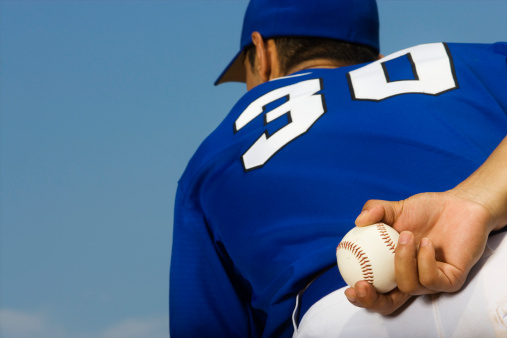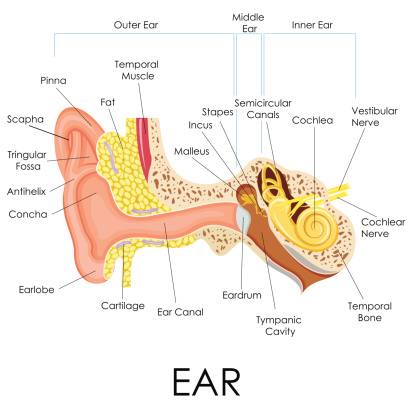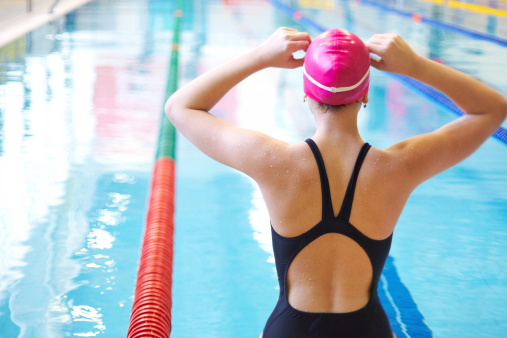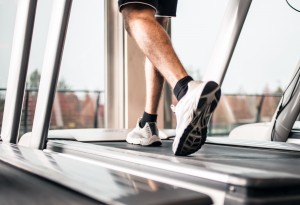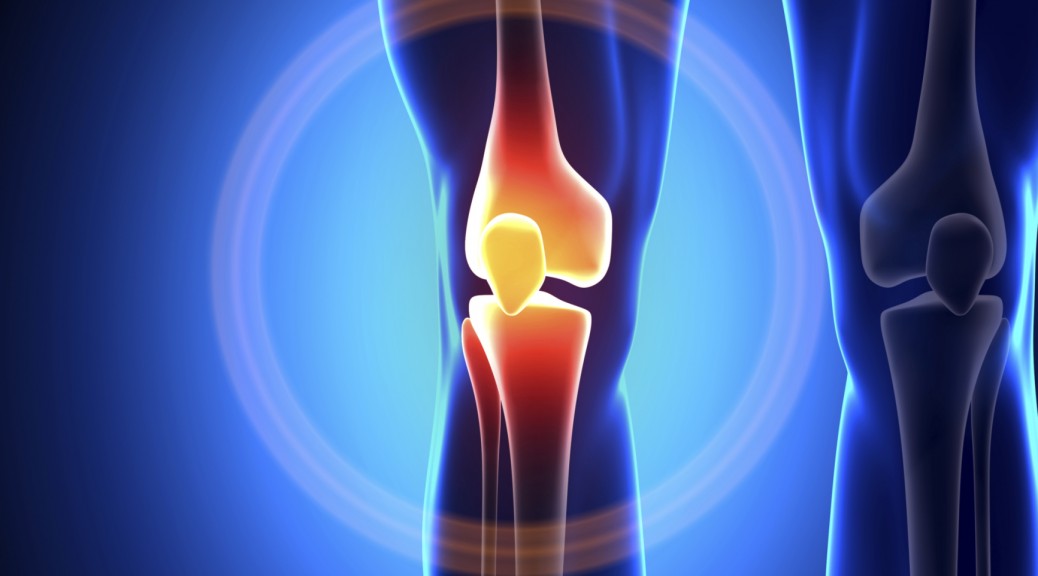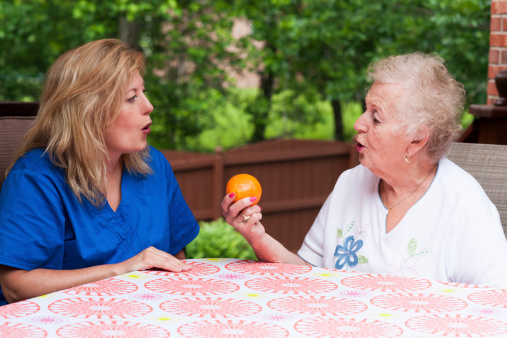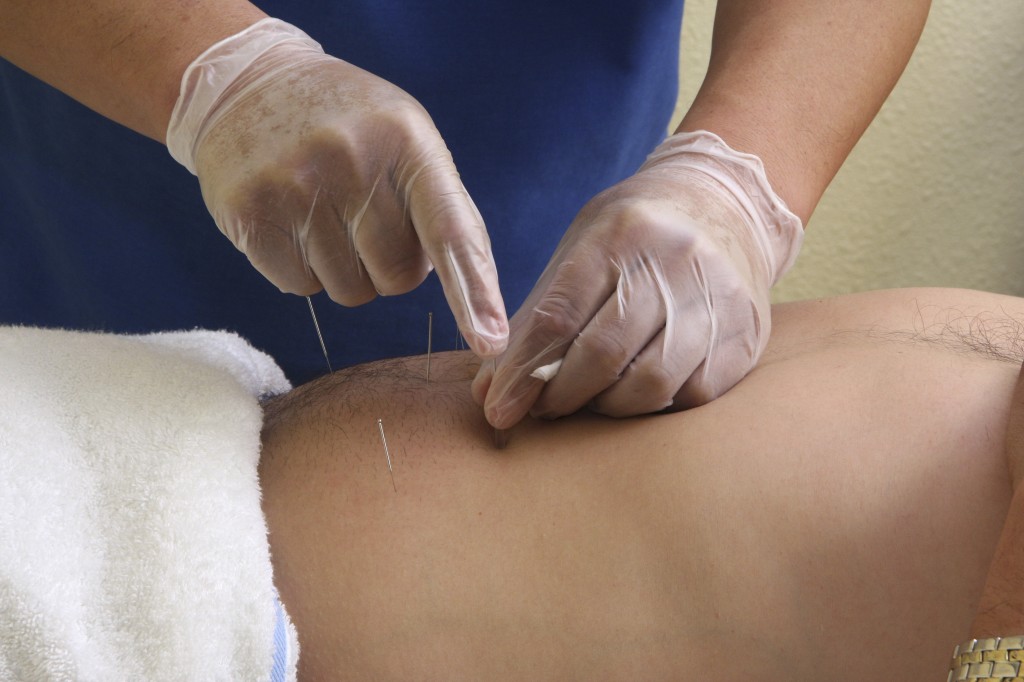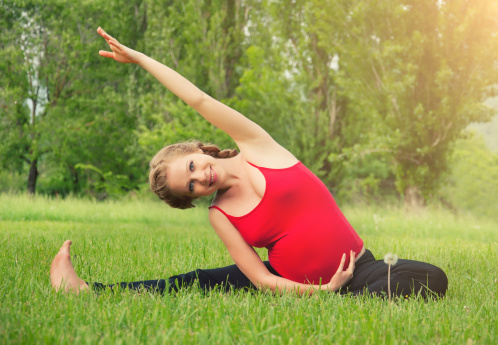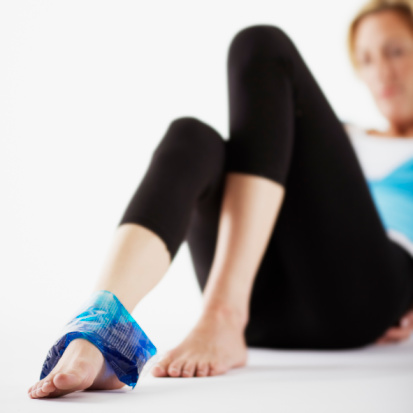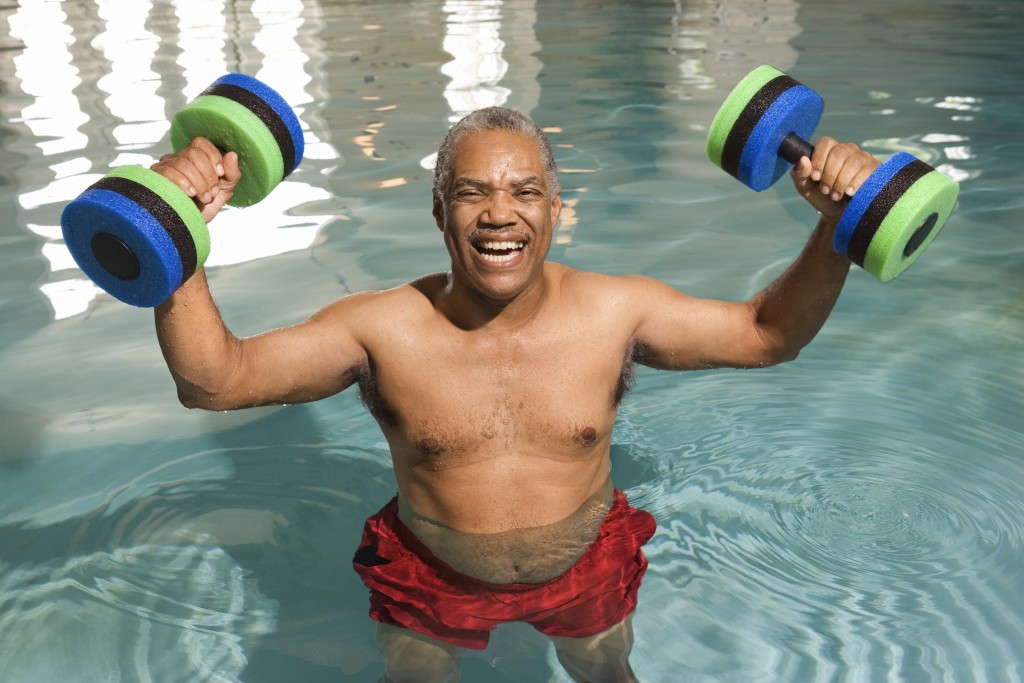This Month in PT News. Featuring articles from PTandMe partnering clinics.
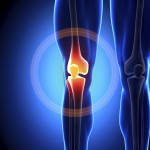
1. Time for Summer Athletes to Be Mindful of Their Knees
Written by John Mishock, PT, DPT, DC, Owner of Mishock Physical Therapy & Associates
As the summer heat starts up more people are lacing up their sneakers, grabbing their I-pods, and hitting the road. Running and power walking outside are very popular forms of exercise and while they both have excellent health benefits, physical problems can still arise. Even running less than five miles a week can cause a person to develop Patellofemoral Pain Syndrome (PFPS) which is also known as “runner’s knee.” Runner’s knee is a common dysfunction that plagues runners of all ability levels. The major symptom of runner’s knee is pain under or around the knee cap (patella). The pain is felt not only when running but also while walking up and down the stairs, kneeling, squatting, and sitting with a bent knee for a long period of time. Often victims of knee pain find themselves forced to take time off from work, school, and avoid athletic or recreational activities. Read More ->

2. Fit in Fitness
Written by the therapy Team at ARC Physical Therapy+
It can be hard to find time to workout during the week, especially when we feel as though we’re running in a million different directions as it is. However, the more we move, the better we feel. So, it’s really in our best interest to be as active as possible on a regular basis. Here are some tips to help you incorporate physical fitness into your daily routine: Read More ->
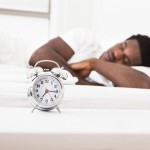
3. The Importance of Sleep for your Body
Written by the therapy Team at Momentum Physical Therapy & Sports Rehab
Sleep is more than something you do when you’re tired. Sleep is a vital part of growth, healing, and general well-being. Too often sleep is sacrificed for the sake of watching something on TV, spending time online, or being out with friends, but this sacrifice takes a heavy toll on the body in ways we don’t always recognize. If you’re having trouble sleeping, perhaps it is some of your habits that are preventing you from having the best night ever. Here are a few key things you can do in order to get a proper night’s rest: Read More ->
To Find a physical or occupational therapy clinic near you click here
